
World Heritage Cities shine with Candlelight
Spain's 15 UNESCO World Heritage Sites
Tour the 15 UNESCO World Heritage cities of Spain, where music, history and culture merge to offer you a unique experience.
-
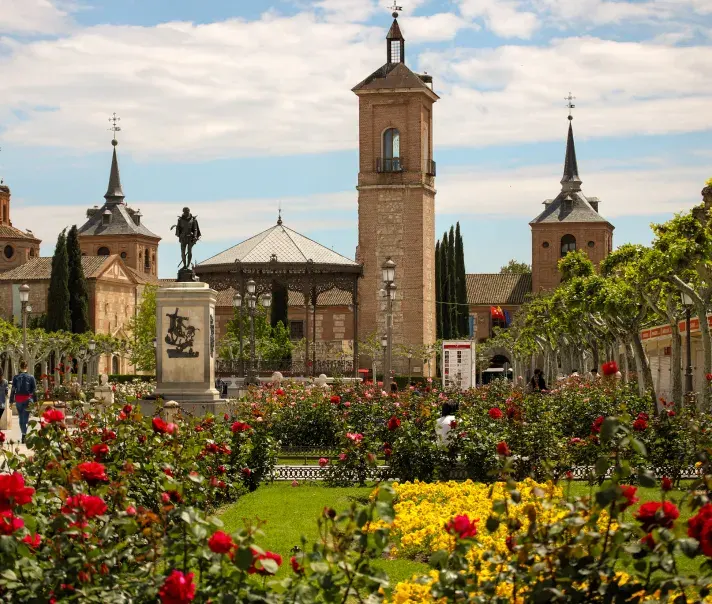
Alcalá de Henares, Community of Madrid
Alcalá de Henares, a World Heritage Site, dazzles with its Cervantes heritage and its 16th-century university. A journey to the Golden Age through its Renaissance architecture, museums and cultural events. A vibrant destination where history and modernity come together.
See more -
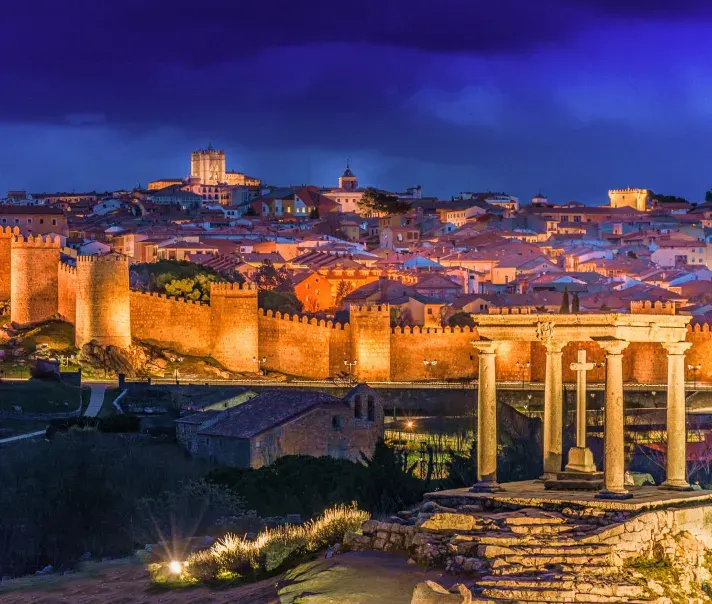
Avila, Castile and Leon
At 1,131 meters above sea level, Avila — a World Heritage Site — will charm you with its intact medieval wall. The historic center is home to churches such as San Vicente and San Andrés, and boasts a rich history from the Celtiberian period to the Reconquest. Experiencing its heyday under the Catholic Monarchs. Today, a vibrant city that transports you to the past.
See more -
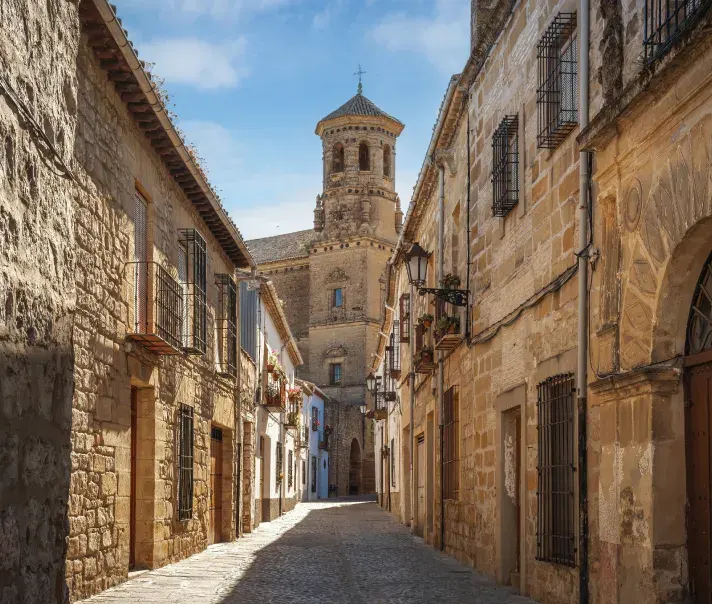
Baeza, Andalusia
The World Heritage Site of Baeza shines with its Renaissance architecture and scenery overlooking the Guadalquivir. Its mixture of styles and historical legacy, together with festivals, crafts and gastronomy, make it an irresistible cultural and gastronomic destination. A journey to the heart of the Spanish Renaissance.
See more -
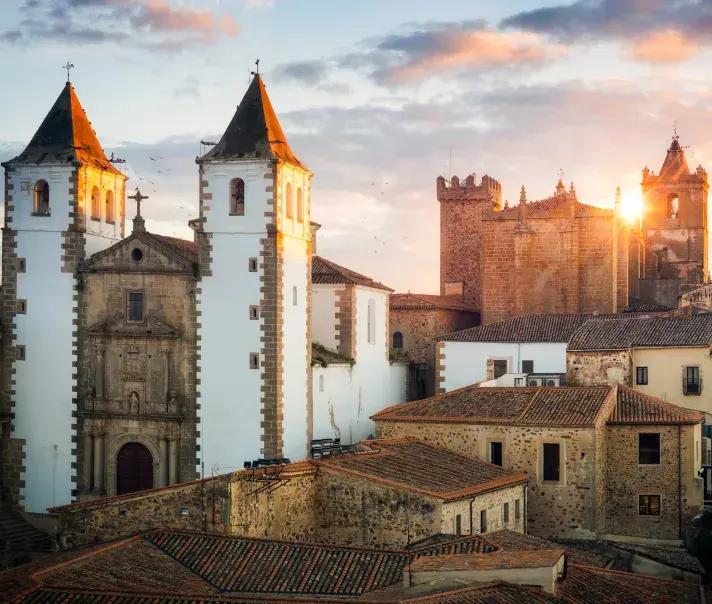
Cáceres, Extremadura
Cáceres, a World Heritage Site, envelops you with its medieval streets and fortified palaces. A journey through Christian, Muslim and Jewish cultures. From Roman times to the Renaissance, the city combines history with modernity, events and contemporary art. A cultural and natural treasure with a sustainable future.
See more -
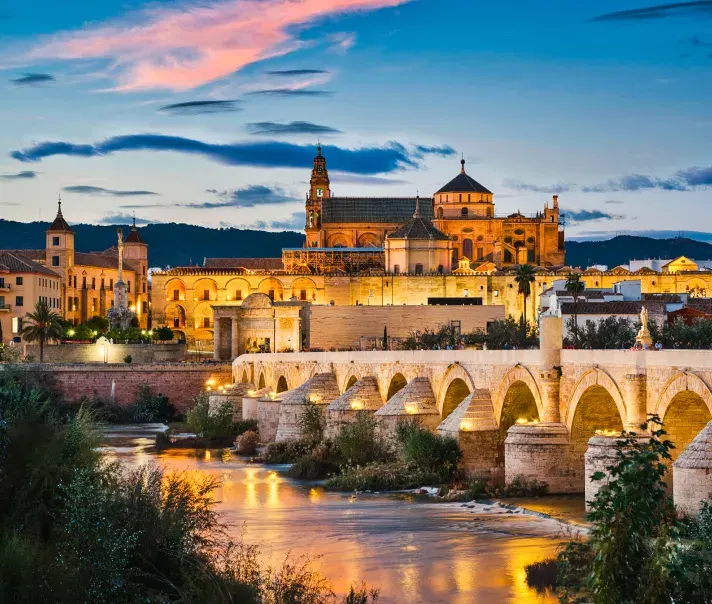
Cordoba, Andalusia
Cordoba, a city steeped in history, has four World Heritage Sites: The Mosque-Cathedral, a symbol of the merging of styles; the historic center, a labyrinth of streets that narrate the history of different cultures; the Fiesta de los Patios, an explosion of flowers in May; and the Medina Azahara, an archaeological site of the Caliphate.
See more -
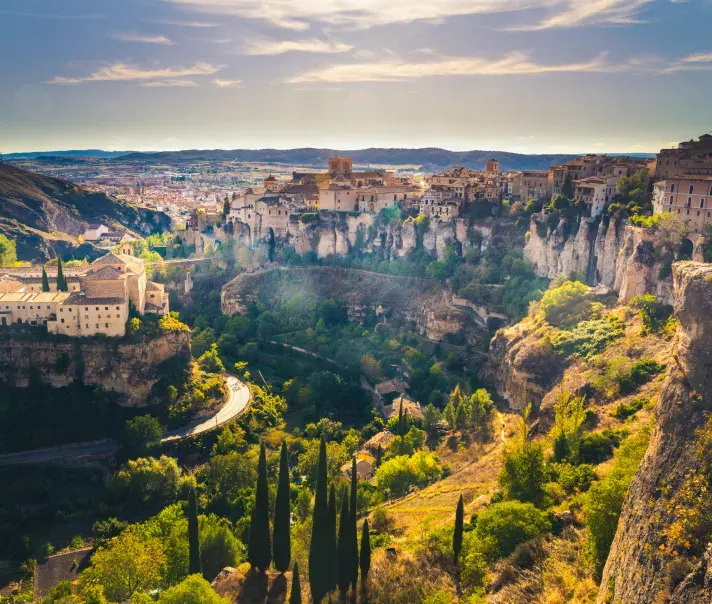
Cuenca, Castilla-La Mancha
Cuenca, a World Heritage Site, is home to a charming old town sandwiched between gorges. Since the Paleolithic era, cultures have put down roots there, directing the course of history. Conquered by Alfonso VIII, Cuenca prospered with a vital textile industry and cattle raising. Experiencing an economic renaissance in the 19th century. Today, it’s considered a modern city with a fascinating past and unique natural beauty.
See more -
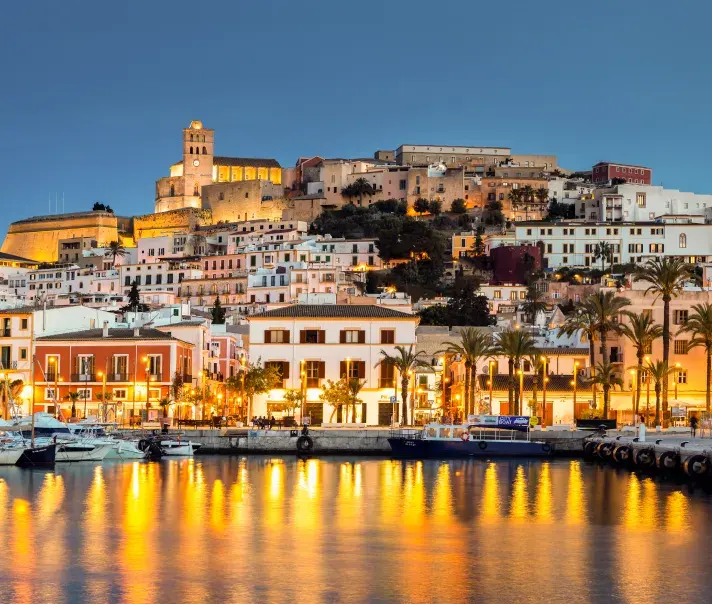
Dalt Vila (Ibiza), Balearic Islands
Dalt Vila, a World Heritage Site since 1999, captivates with its 16th century walls and panoramic views. Its heptagonal enclosure, with bastions and gates such as the Portal de ses Taules, is home to the Historical Archive of Ibiza and the suburb of "casa-muro". A trip to the past on the island of Ibiza.
See more -
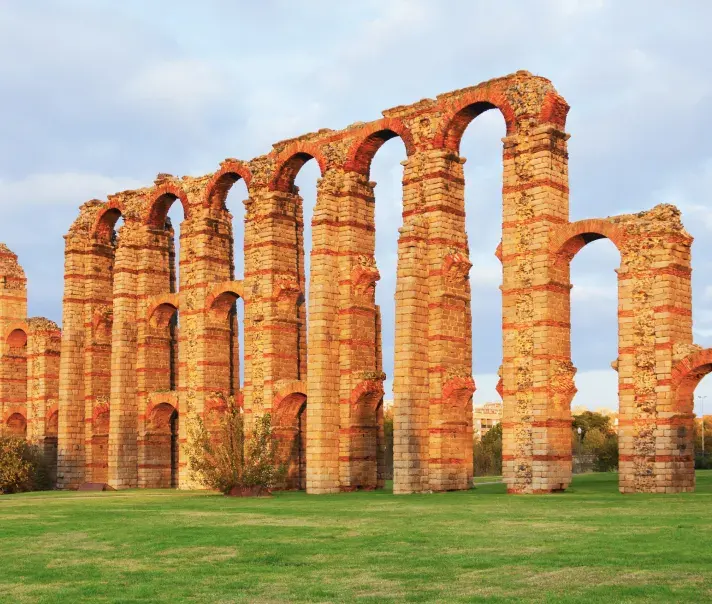
Merida, Extremadura
Merida, a World Heritage Site, transports you to ancient Hispania. Founded by the Romans in 25 B.C., it’s home to amphitheaters, theaters, aqueducts and bridges. Visigoths and Muslims also left their mark. A journey through millennia of history and culture in every stone.
See more -
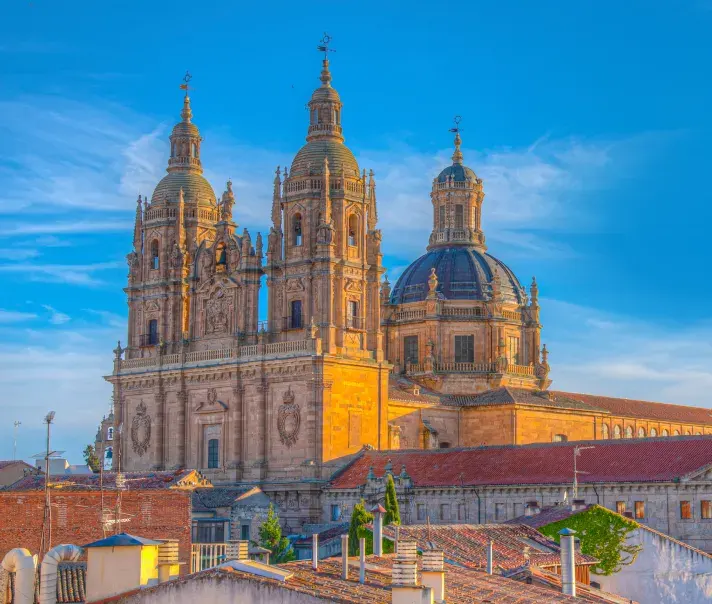
Salamanca, Castile and León
Salamanca, an ancient city which dates back to the 4th century B.C., founded the oldest university in Spain in 1218. Its old town, a World Heritage Site, will draw you in with its Cathedrals, Plaza Mayor, Casa de las Conchas and Convent of San Esteban. European Capital of Culture in 2002, a reference in the teaching of Spanish and home to prestigious scientific centers, Salamanca invites you to be bowled over by its vast cultural and academic heritage.
See more -
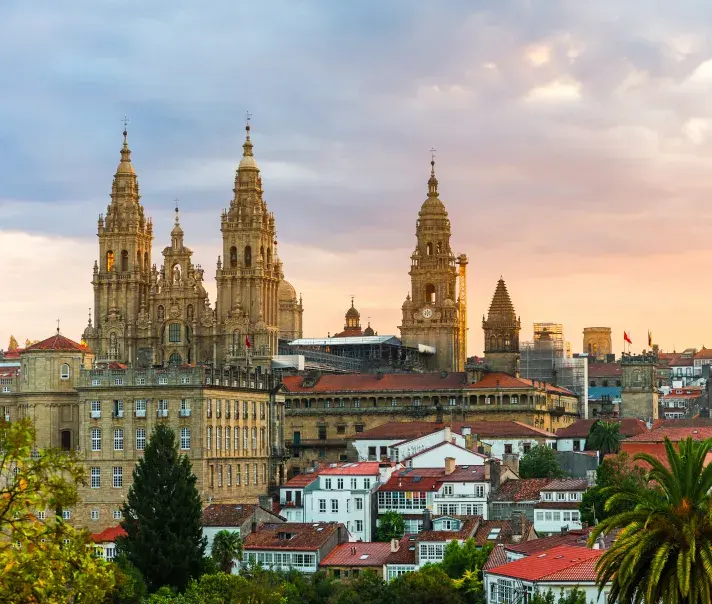
Santiago de Compostela, Galicia
Santiago de Compostela, a World Heritage Site, is known worldwide as the final destination of the Camino de Santiago. Its medieval architecture, from the eleventh century, shelters the tomb of Santiago el Mayor. European Capital of Culture in 2000, the city is alive with culture, forming the soul of Galicia. A pilgrimage, history and culture come together in a magical landscape.
See more -
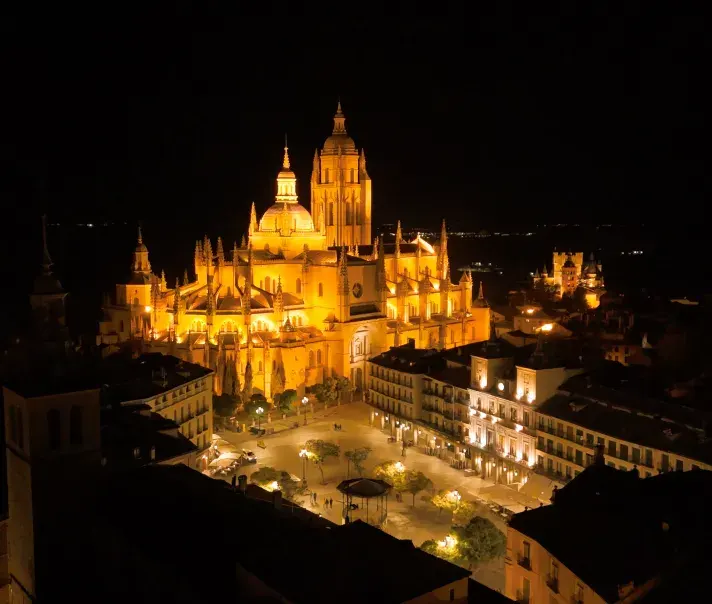
Segovia, Castile and Leon
Segovia, a melting pot of history, radiates charm with its Roman aqueduct, an iconic landmark formed by 20,400 stone blocks. Its Roman legacy coexists with the Gothic Cathedral and the Alcazar, witnesses of the proclamation of Isabella the Catholic. Romanesque churches such as San Juan de los Caballeros and San Lorenzo complete its historical ensemble.
See more -
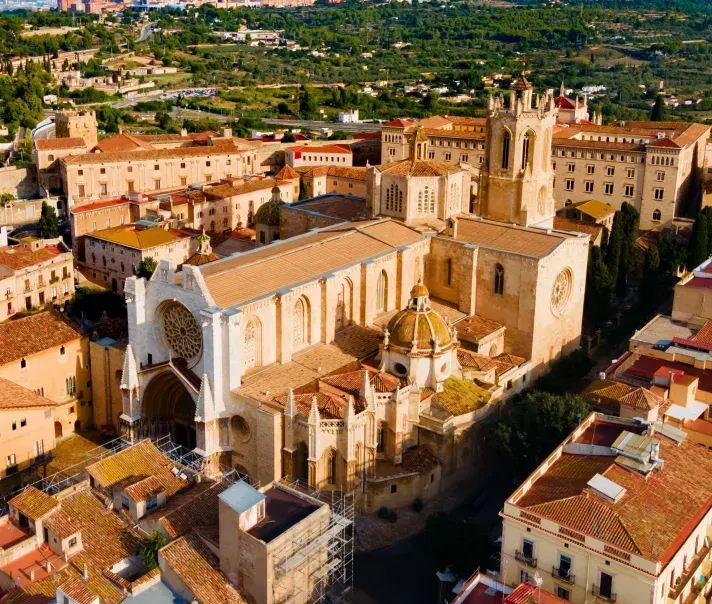
Tarragona, Catalonia
Tarragona, a World Heritage Site, will enchant you with its millenary history. Founded by Julius Caesar in 45 B.C., it was key to the Romanization of Hispania. Its archaeological site, with impressive walls, a cathedral and a tour, transports you to the past. Beaches like El Miracle and La Arrabassada are waiting for you on the Costa Dorada. A unique destination for lovers of history, culture and the sun!
See more -
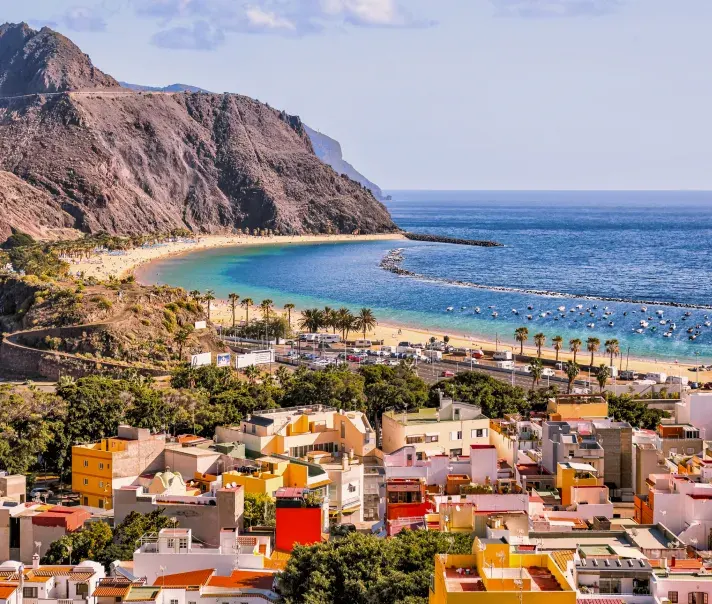
San Cristóbal de La Laguna (Tenerife), Canary Islands
San Cristóbal de La Laguna, a World Heritage Site, has gained an international reputation thanks to its innovative urban plan, inspired by navigation and 16th-century thinking. Its design, like a "star map", reflects a peaceful social order and served as a model for American cities. The site boasts a unique architectural and cultural legacy, with 600 Mudejar buildings.
See more -
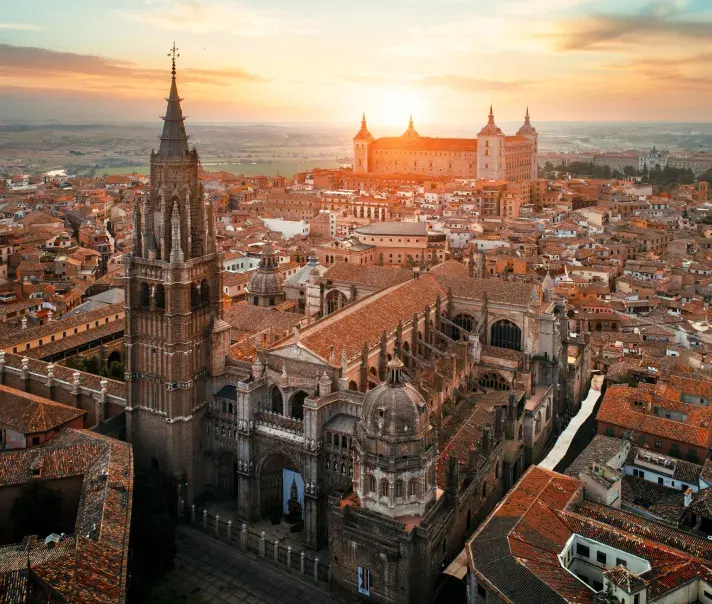
Toledo, Castilla-La Mancha
Toledo, a World Heritage Site, promises to captivate with 2,000+ years of history. Greco in Santo Tomé, Cristo de la Luz Mosque, Synagogue of El Tránsito... A journey through cultures, from the Visigoths to the Catholic Monarchs. Tradition and modernity come together in craftsmanship, heritage, a university and hospital. A unique destination for history and art lovers.
See more -
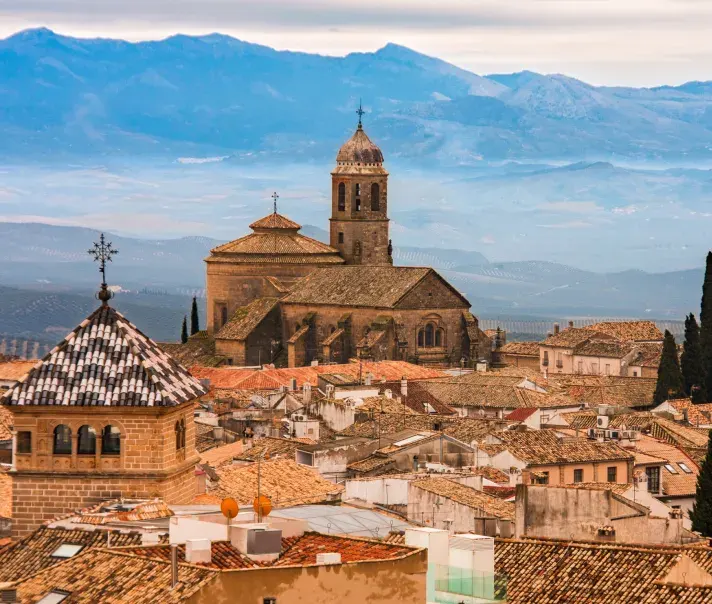
Úbeda, Andalusia
Úbeda, a Renaissance city famed for ceramics, houses the Sacred Chapel and the Basilica of Santa María. The Palace of the Chains and the Water Synagogue complete its historical richness. A treasure of the Spanish Renaissance.
See more
Find Candlelight concerts in the World Heritage Cities closest to you
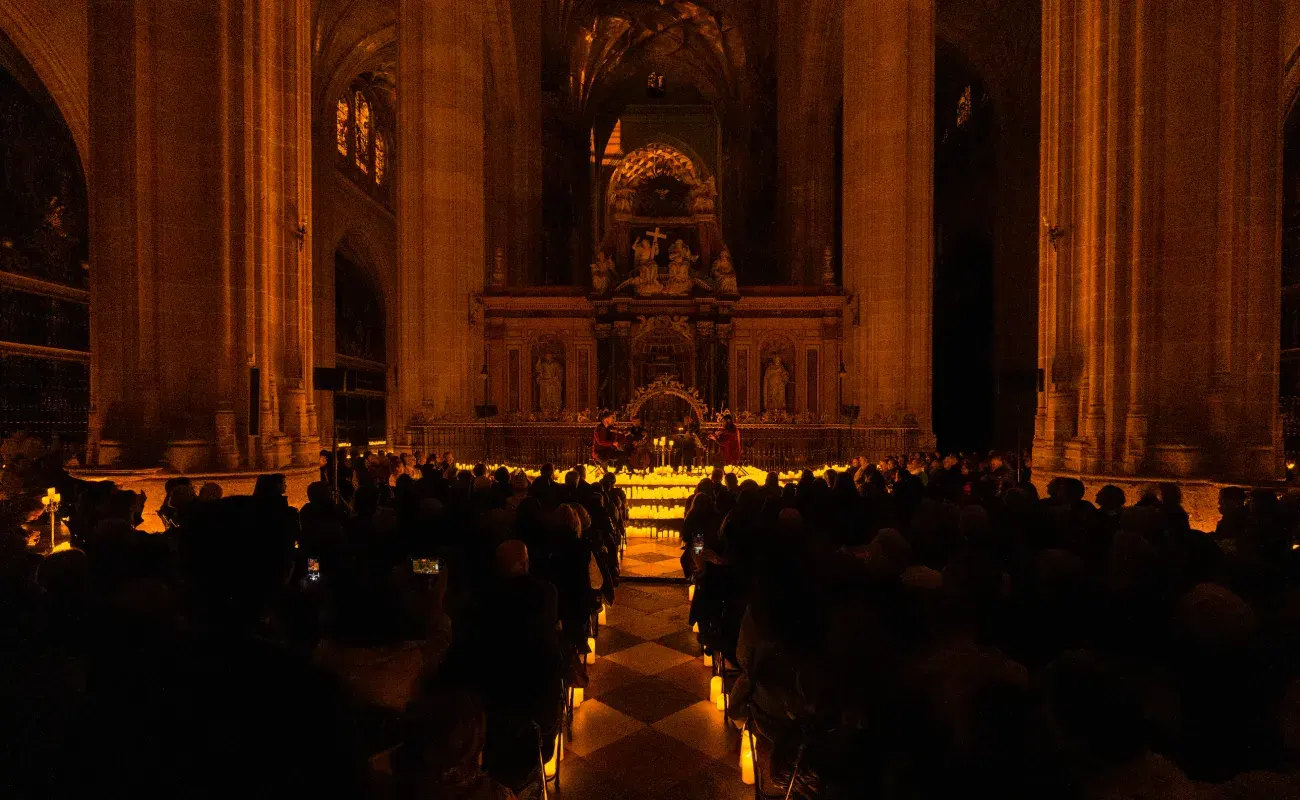
Spain and its UNESCO World Heritage Sites
What is World Heritage
World Heritage Sites is a recognition granted by UNESCO to places of outstanding cultural or natural value to humanity, including famous monuments and tourist attractions in the iconic cities that hold this title.
Why are the 15 World Heritage Cities in Spain?
Spain is one of the countries with the most World Heritage Cities, thanks to its rich history, cultural diversity and architectural legacy.
From Roman influence to Renaissance architecture, Spain's 15 World Heritage Cities reflect a wide range of styles and eras, showing the country's historical and cultural evolution.





